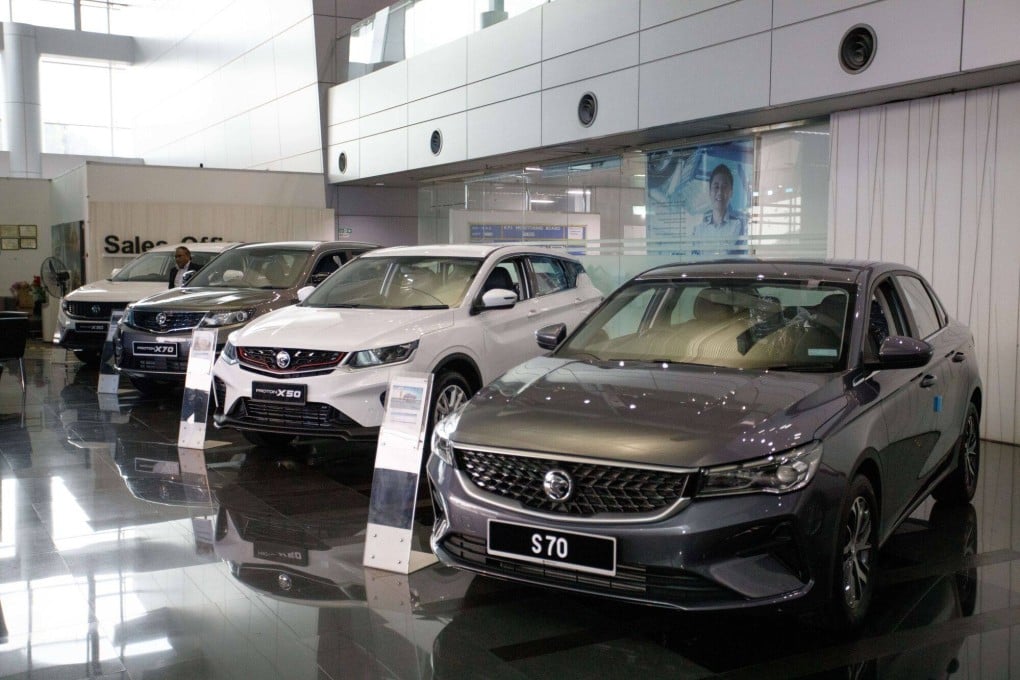Advertisement
Chinese EV makers race to Southeast Asia for growth amid US trade war
- As Western markets impose more tariffs on them, Chinese EV makers are expanding their presence across the region
Reading Time:5 minutes
Why you can trust SCMP
1

Frozen out by tariffs in Europe and the United States, Chinese electric vehicle makers are poised to penetrate further into Southeast Asia, where the market value for cleaner cars is approaching US$100 billion.
Advertisement
While many better-off regional buyers have already secured their BYD or Ora EVs, most Southeast Asian drivers have lower budgets and appealing to them will inevitably trigger a price war among carmakers, auto analysts say.
In May, the US imposed 100 per cent tariffs on electric vehicles imported from China, the world leader in EV production and sales. Chinese EV makers are the latest mainland companies to have their access to the world’s largest consumer market limited amid the widening US-China trade war that has ensnared industries ranging from tech to solar panels.
The European Union followed suit by imposing tariffs of up to 38 per cent from July 4 on three Chinese EV makers: SAIC, Geely, and BYD. The decision came after an anti-competition investigation found that the carmakers had benefited from Beijing’s “unfair subsidisation”, which threatened to undercut the EV manufacturing sector in Europe, where the cheapest locally made vehicles can cost three times the price of Chinese models.
Facing narrowing opportunities in Western markets, Chinese carmakers are eyeing promising long-term growth prospects in Southeast Asia, where a burgeoning middle class is revving up to embrace the shift to EVs.
Advertisement
“Southeast Asia’s relatively neutral geopolitical stance provides a window of opportunities for companies from China to expand,” Gary Ng, a senior economist at Natixis Corporate and Investment Bank in Hong Kong, told This Week in Asia.
China will increase its EV presence from a demand and supply perspective

Advertisement